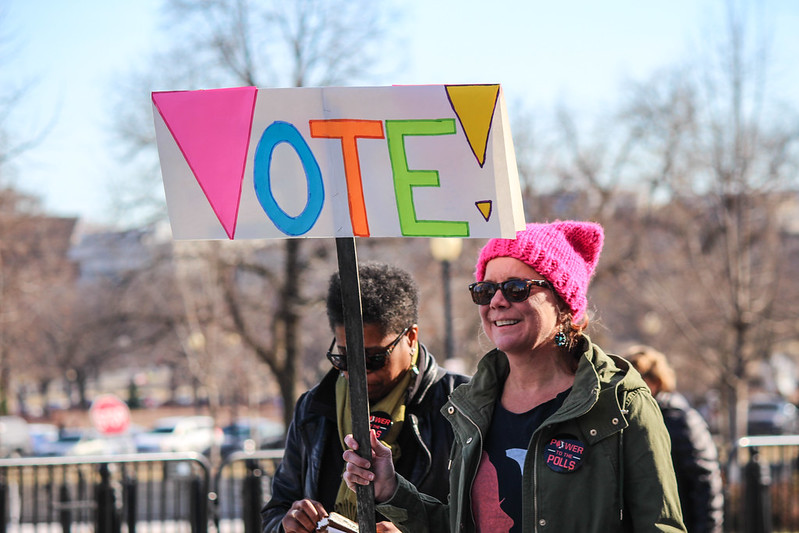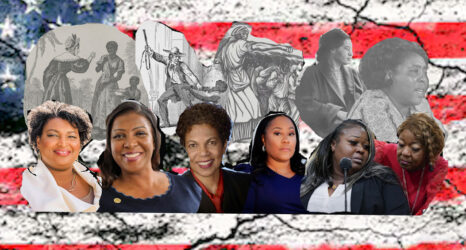With the 2020 election now in full swing, Ms. is excited to bring you content presented in conjunction with the Center for American Women and Politics at Rutgers University. They’ll be tracking, analyzing and illuminating gender dynamics during election season—so check back with us regularly!

A record number of women ran for and were elected to office in 2018. Their success resulted in claims of a “women’s wave” or another “Year of the Woman” in American politics.
But the 2018 election neither upended gender disparities in political representation nor gendered hurdles for women candidates in the U.S. Much of the attention to gender and the 2020 election has been focused on the Democratic presidential primary, but that contest is only one part of the gender story of election 2020.

More than 500 offices at the congressional and statewide level (and many more in state legislative contests) are also up for election this year, providing multiple sites for us to evaluate not only the numerical presence and progress for women, but also the different ways in which gender shapes campaign terrain for all candidates.
Ahead of the first congressional primaries of 2020, I’ll focus here on who’s running for office this year, leaving the analysis of how they are running—and specifically, how they are navigating gender and intersectional dynamics on the campaign trail—to the many election analyses that we will share throughout this election season.
Are More Women Running in 2020 than in 2018?
It is too early to give final counts for women running in 2020, but we can compare the number of women who are likely to run—they have filed or reported they plan to file—at this point in 2020 to the same point in the 2018 race.
Based on comparisons at the end of February 2018 and 2020, more women are running this year: 584 women are likely House candidates today versus 437 women at this point in 2018.
But this 33.6 percent increase from 2018 numbers is not as large as the jump in women’s candidacies we saw between 2016 and 2018: At this point in 2018, the number of likely women House candidates was double the number in 2016.
Likewise, if current numbers hold this year, the increase in women House candidates from 2018 would be about 22.7 percent from the record number women who filed for House contests in 2018 (476).
This, again, is a smaller jump than we saw in 2018, when the total number of filed women candidates for the U.S. House was up by 74.4 percent from 2016.
Will the Amount of Women Candidates Reach Parity with Men Candidates?
In 2018, women were 24.2 percent of all U.S. House candidates who appeared on primary ballots. At this point in 2020—among only the 13 states where filing deadlines passed before March 1 (45 percent of all House seats), women are 26.7 percent of all House candidates. This indicates there is potential that the gender gap in candidacies might close slightly this year, but women are still far underrepresented in the candidate pool.
Again, signs thus far are that the gains in 2018 were greater than we might see this year; women went from 17.8 percent of all House candidates in 2016 to 24.2 percent in 2018.





